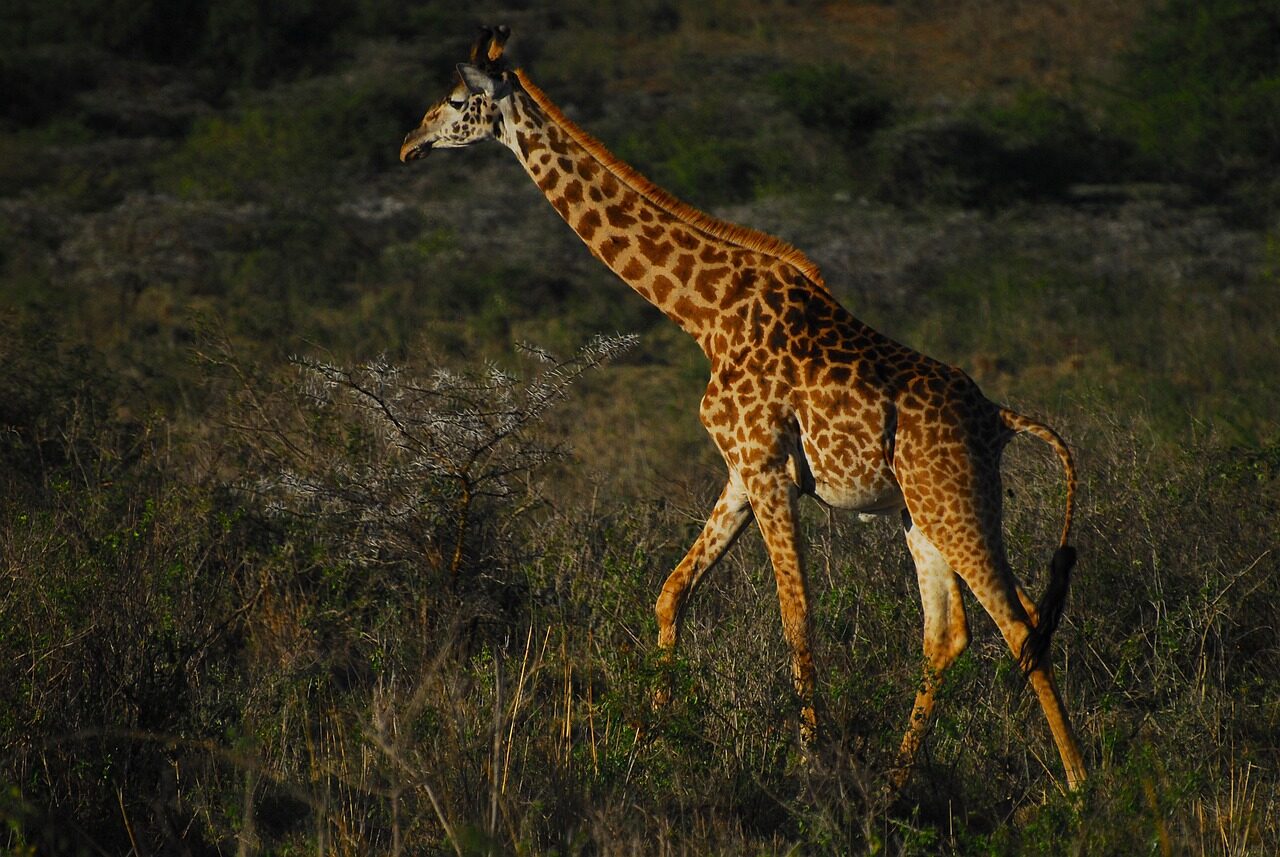
Photo by alexander-strachan on Pixabay
Environmental factors—like extreme weather patterns, rising temperatures, and habitat loss—are a source of pressure for many endangered species across the world. Unless we work together to tackle these challenges, they are likely to intensify in the coming years. A changing climate can have a significant impact on endangered wildlife. Rising temperatures, changing rainfall patterns, and expanding urban areas combine to create harsher conditions for some animals than others. Plants and animals with limited resources or vulnerability to environmental change are most at risk from these trends. In fact, climate change is one of the biggest threats facing today’s most endangered species. Let’s take a look at how this phenomenon is affecting endangered species in general.
Sea Level Rise and Saltwater intrusion
Much of a coral reef is built on sand, so when sea level rises, these fragile ecosystems are put at risk. Many of the world’s coral reefs are threatened by sea-level rise, which is expected to increase as a result of human greenhouse gas emissions. Rising sea levels also threaten coastal communities and ecosystems by increasing the risk of flooding, erosion, and saltwater intrusion. In some areas, sea-level rise may also become a source of water for coastal communities, which can increase competition for limited resources. Saltwater intrusion is a threat to many coastal ecosystems. As sea levels rise, saltwater moves toward the coast, replacing freshwater that rivers normally deliver to the ocean. In some areas, this shift has already caused fish and other marine species to disappear. Saltwater intrusion is also a danger to wetlands, estuaries, and other coastal ecosystems that depend on freshwater.
Drier climates
Drier climates can cause decreased habitat suitability and increased risk to certain species as a result of reduced food availability. Drought, for example, reduces the availability of food for many animals and can lead to a reduction in population numbers. The suitability of certain plant communities may also be reduced by reduced rainfall, which may lead to a decline in the suitability of certain species’ habitat. Plants need water to survive, but most species need a certain amount of rainfall. As climate change causes the region’s average rainfall to decrease or become more evenly distributed throughout the year, some plants may be unable to survive. This scenario could lead to a reduction in the number of species that are able to live in a particular region.
Shorter seasons
Changes in the length of the seasons and the amount of time that plants and animals spend active in the ecosystem can impact endangered species. In some regions, reduced seasonal rainfall may lead to shorter periods of active growth, decreased reproduction, or both. Reduced seasonal rainfall can also result in reduced water availability for plants, which can have a negative impact on some animals that consume these plants. The ecosystems in which these species live are also likely to experience some change as a result of seasonal changes. If a species is dependent on seasonal variation for survival (for example, a migratory bird or a plant that forms part of its diet), its habitat may also be affected by these changes.
Flooding and erosion
Extreme weather events, like flooding and erosion, can cause habitat loss, which can in turn harm endangered species. Rapid and extreme changes to the water level of a particular ecosystem, for example, can cause flooding and make basic aspects of life, like feeding and breeding, more difficult. Changes to riverbanks, erosion of wetlands, and other impacts caused by extreme weather events like these can ultimately lead to the loss of critical breeding, feeding, or other habitat for endangered species. The ecosystems in which these species live may also experience some change as a result of flooding. Some species, for example, are dependent on specific habitats, such as riverbanks that may have been altered by flooding. If these species’ habitats are no longer accessible, their populations are likely to be affected.
Desertification
Climate change is likely to exacerbate some of the effects of desertification, a widespread process by which fertile, arable land is turned into desert. Crops that depend on seasonal changes in rainfall will be severely affected if rainfall becomes more evenly distributed throughout the year. Desertification also threatens areas with biodiversity, such as tropical rainforests and drylands. The conversion of these ecosystems to desert can reduce the suitability of certain species’ habitats and increase the risk of extinction for these species.
Food security and nutrition decline
An additional threat to endangered species caused by climate change is an increase in the number of people in vulnerable regions whose diets are likely to be low in nutrients. As populations in these regions continue to rise and resources such as food become more scarce, some endangered species may be at greater risk of declining in number. Although climate change alone is unlikely to cause a reduction in food availability, it can increase the pressure on resources in some regions. In some parts of the world, for example, climate change will make it more difficult for farmers to produce food. Resources that are normally available from natural ecosystems, like water, may be affected as well.
Reproduction decline
Many endangered species experience a decline in population numbers and in the extent of their geographic range as the climate changes. As these species struggle to adapt to the new conditions, some of them may become extinct. However, some species are more likely to experience a decline in population numbers, and some species may be more vulnerable to climate change than others. Species that are small, have limited access to habitats, or rely on seasonal changes for reproduction, for example, are more likely to be severely affected by climate change than are large, widespread species.
Climate change as a threat to extinction
Climate change is likely to have a significant impact on the survival of many endangered species, particularly those that are most vulnerable to the effects of the changing environment. As the climate changes, some species are likely to experience a decline in the availability of critical resources, such as water, food, or shelter, and others are likely to be affected by changes in the quality of these resources. If populations of vulnerable species experience a decline in numbers as a result of these factors, some of them may become extinct as a result of climate change. However, many species are likely to experience some degree of change as the planet warms, and these species may be more likely to face the threat of extinction if climate change continues unabated.



